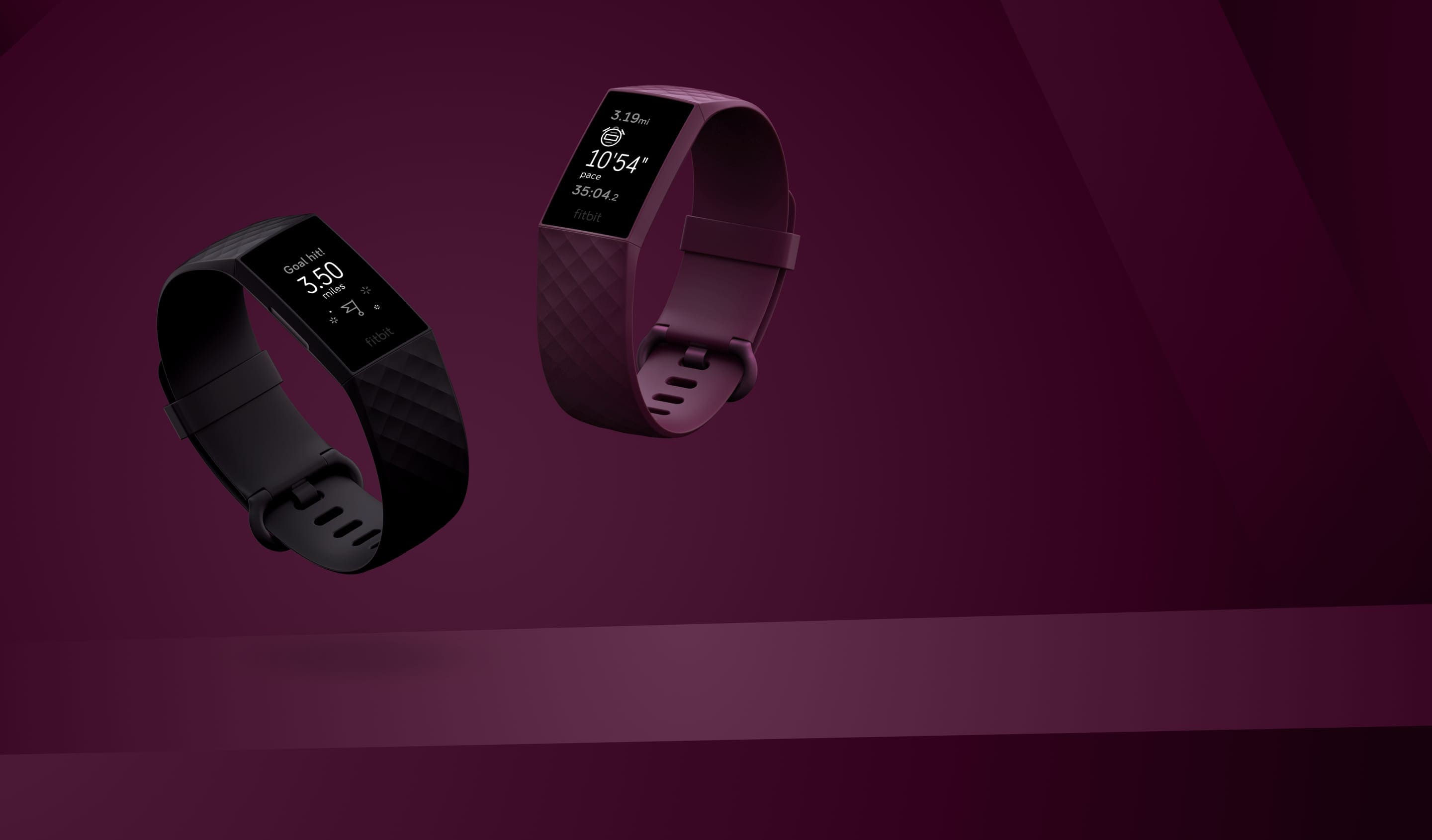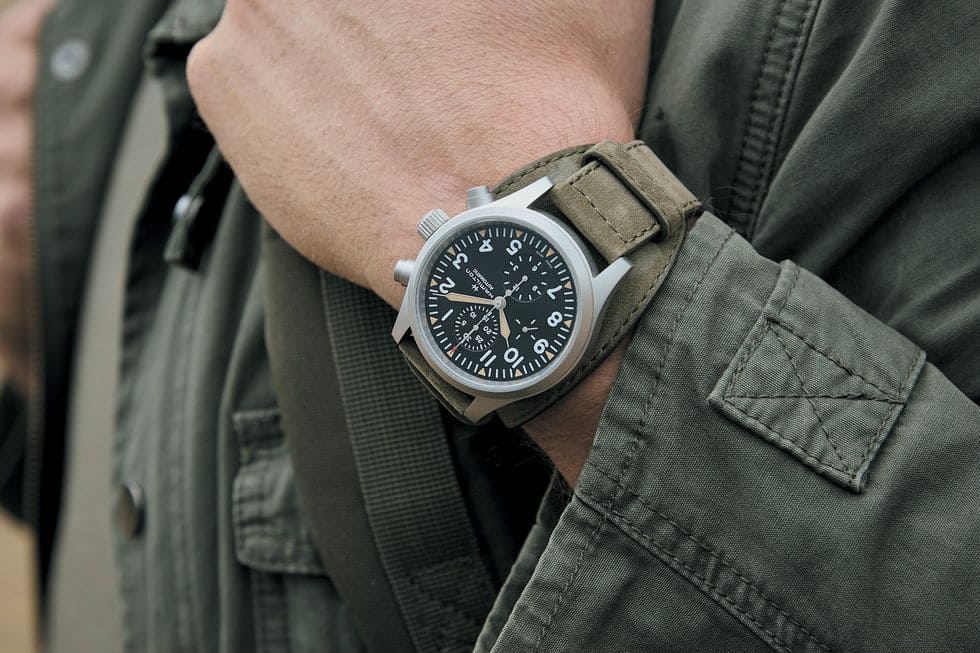In this post, we evaluate the Fitbit Charge 5, Charge 4, and Charge 3 in comparison to one another. The most recent iteration of the San Francisco company's best-selling activity band was only recently introduced and given the name "the first."
The Charge 4 is still doing quite well in the marketplace despite the fact that it is over two years old. But let's not beat around the bush: the wearable was overdue for an update. Is upgrading to a gadget of the fifth generation worth the additional cost? Especially when you consider the fact that the price of its predecessor will now go down (check Charge 5's price on Amazon). Should you consider upgrading if you have one of the older devices?
In terms of technical specifications, the Fitbit Charge 5, Charge 4, and Charge 3 are compared.
Through the years, Fitbit has maintained the same tried-and-true design for its Charge line of products. Examine the similarities and differences between Charge 4 and Charge 3's designs. It is not as simple as it first seems, since the two are almost exactly the same.
They are the same in water resistance and screen quality, in addition to having a size and form that are comparable to one another. Both have displays made of Corning Gorilla Glass 3 and cases made of aerospace-grade aluminium. Both also have incredibly lightweight materials used in their construction. Aluminium that has been given an anodized finish makes up both the housing and the buckle.
The display consists of a touchscreen that only shows grayscale images, and there is one physical button located on the side of the device for navigating. It would seem that the illumination adjustment on the Charge 4 is somewhat improved, which should result in improved visibility. The button on the Charge 4 is also recessed, which is another distinction between the two models.
Additional Reading: HP vs. Lenovo Laptops
Fitbit Charge 5-a huge design revamp
Fitbit Charge 5 features some of the company's most important aesthetically-driven improvements to date. The gadget can still be identified as belonging to the Charge family, but because of its rounded corners, it has a much more streamlined appearance than it had in the past. It also does away with the physical button, meaning that you will have to rely entirely on the display in order to navigate.
Luxe is clearly an influence that has been drawn upon by the firm. The grayscale display of the Charge 5's forerunners has been replaced with a colour screen that is twice as bright as the one seen on the Charge 5. In addition to that, there is a sensor that detects the surrounding light and automatically changes the level of brightness.
There is a setting that allows you to keep the display on at all times on the Charge 5, but you should be aware that doing so may significantly reduce the battery life of the device. Our best prediction is that it will cut the battery life in half.
The display is still encased inside bezels that are rather substantial. However, the business has removed the Fitbit logo from underneath, which can only be seen as a positive development. A polished appearance is achieved by the addition of stainless steel panels to the gizmo's side panels. When obtaining ECG measures, they also serve the function of sensors.
Comparison of the Fitbit Charge 5, Charge 4, and Charge 3
The central processing unit of the Charge 4 has a depth of 12.5 millimetres as opposed to 11.8 millimetres and weighs close to thirty grams (vs 29 grams). Therefore, it is somewhat larger than its predecessor, but the difference won't be all that noticeable in the grand scheme of things.
The precise dimensions of the Charge 5 have not been disclosed by Fitbit as of yet. However, the manufacturer claims that the product is about 10% more compact than its predecessor.
ECG and EDA sensors may be found on Charge 5.
Once again, once the hood is lifted, there are a number of parallels, in addition to some significant variations.
The gadgets each have a vibration motor, a 3-axis accelerometer, and a 3-axis gyroscope, in addition to an optical heart rate monitor and PulseOx. The built-in GPS and GLONASS navigation systems are the most noticeable bonuses that come with the fourth and fifth-generation bands. The Charge 3 is equipped with Connected GPS, which is a fancier term for the fact that it relies on your smartphone to connect to the satellite signal.
It is interesting to note that the altimeter that is included in the Charge 3 and 4 does not appear on the specifications sheet for Charge 5. This indicates that Fitbit has made the decision not to offer floor count as a measure on its most recent wearable device.
On the other hand, the most recent generation of fitness bands comes with a few additional hardware features. These are available in the form of electrical sensors that may be used for a variety of purposes and are compatible with the ECG and EDA Scan applications.
The battery life is around one week.
All of them have a similar battery life, which is around one week on a single charge. If you use Charge 5 or 4 and turn on the built-in GPS, the battery life drops to a fairly decent 5 hours. It is remarkable that Fitbit has been able to keep the battery life the same on the Charge 5 despite the addition of a colour display.
Additional Reading: Best Always-On Display Smartwatches
Material costs are as follows: $5, $4, and $3.
Aluminium, glass, and resin are the three components that make up the housing. The clasp on the band is made of aluminium, while the band itself is constructed of silicone.
It is constructed with materials that contribute to a reduction in overall weight, such as an aerospace-grade aluminium housing and a Corning Gorilla Glass 3 display. Aluminium that has been given an anodized finish makes up both the housing and the buckle.
It is constructed with materials that contribute to a reduction in overall weight, such as an aerospace-grade aluminium housing and a Corning Gorilla Glass 3 display. Aluminium that has been given an anodized finish makes up both the housing and the buckle.
Comparing the Fitbit Charge 5, Charge 4, and Charge 3 in Terms of Their Functionality
On each one of them, an ordinary individual will be able to discover pretty much everything they need in order to keep track of their fitness around the clock. This includes monitoring your heart rate during the day and night as well as measuring your steps, distance, active minutes, calories burned, blood oxygen levels (during the night), and advanced sleep patterns. In addition, it has automated activity identification, guided breathing, monitoring for female health, a mode for several sports, movement reminders, and some more sophisticated performance indicators such as VO2 Max.
Let's go straight into the distinctions between the two.
The Charge 5 is the first fitness band released by Fitbit that has an electrocardiogram (ECG) sensor. The newest wearable device from Sense has the potential to significantly cut into its sales. The electrocardiogram sensor looks for indications of atrial fibrillation (also known as AFib) as well as other types of abnormal heart rhythm. This functions with an ECG app that is compatible with it.
In order to get a reading, you are going to have to contact the conductive panels that are located on the sides of the watch with either your finger or your thumb. The watch will then create a map of the electrical activity of your heart and inform you if there is anything wrong with the readings.
EDA
The EDA sensor is responsible for tracking the electrical changes that occur in response to perspiration on your skin. This assists in providing a more accurate assessment of how stressed you currently are. Again, this is a sensor that is exclusive to the Fitbit Charge 5 and the Fitbit Sense.
Getting a reading is quite similar to taking an ECG reading. It makes use of the identical panels, and touching the sensors is necessary once again. After that, the program will search for variations in the electrical activity. If you are sweating, people will assume that you are stressed about something.
It is important to note that the stress metric is not unique to the item in question; other devices also have it. However, if you make use of the EDA sensor, you will get more accurate results. However, since they are on-demand, the EDA sensor will not operate automatically 24 hours a day, seven days a week.
The Daily Readiness Score is the name of the statistic that has attracted a great deal of attention recently. It is available on the Charge 5, and Fitbit has said that it will also be made available to owners of the Sense, Versa 3, Versa 2, Luxe, and Inspire 2 in the near future. It is clear that charges 4 and 3 are not included in this particular list.
This measure sounds a lot like what Garmin and Polar call their "Body Battery" and "Nightly Recharge," respectively. It achieves this by assessing your readiness for physical activity on a given day and informing you of its findings. You may then make a decision based on this information about whether or not to go for that run in the afternoon or whether or not to snooze away on the couch in the dining room.
You also have the option of letting Fitbit make the call for you. The suggestions for physical activity that are included with Charge 5 are based on these readings. For instance, if the gadget detects that you are feeling exhausted on a certain day, it may recommend that you do some mild stretching or yoga.
Image source: In order to determine the Daily Readings Score, the Fitbit Charge 5 takes into account the wearer's heart rate variability (HRV), activity levels, and sleep information. If you did strenuous exercise the day before or if you did not get enough sleep, your body will require rest in order to recharge. The readings will provide evidence of this point.
The bad news is that the function is hidden behind a barrier for Fitbit Premium, which means that not everyone will have access to it. The paywall feature that Fitbit seems to be adopting more and more is not something that we are very fond of.
Additional Reading: Best Apple Watch Band For Kids
There is no count on the floor for Charge 5.
As was just discussed, the Fitbit Charge 5 does not come equipped with an altimeter. If a floor count is something that is essential to you, then you should stick to bands from older generations. It is not quite clear to us why the sensor was not included in the most recent band. It's possible that it has something to do with the fact that the measure has a history of producing results that are notoriously wrong. There are several factors that might influence it.
Charge 5 and 4 have an integrated GPS, but Charge 3 does not.
The absence of a built-in GPS system is a significant shortcoming of the Charge 3. You may find this information on Charge 4 and Charge 5.
Because the GPS is built-in, you can leave your phone at home when you go for a run or ride your bike outside, and you will still be able to collect precise statistics and a map of your path. Some people aren't going to notice any significant change as a result of this, while others will notice a substantial shift as a consequence of this. It relies heavily on how often you use GPS to keep track of your various outdoor activities.
There is a possibility that Fitbit Charge 4 Gadgets & Wearables may get a commission.
It is important to note that if you want to save battery life and have your phone with you at the same time, you may utilize Charge 4 with Connected GPS. There is no doubt in our minds that this will also be accessible through Charge 5.
A few brand-new software-based features have been developed as a direct result of this development. One of the capabilities is the ability to display the intensity of the training on a map. This may be done in the form of paced zones or heart rate zones that are shaded at certain points throughout your path.
Then there is a feature that is known as Active Zones on Fitbit. This awards you points based on different heart rate zones, which provides a measurement of the intensity of the activity you are doing. In addition to this, Charges 4 and 5 will sound an alarm when you go from one zone to another.
Aspects unrelated to fitness.
In addition to their fitness-tracking capabilities, the Charge 4 and Charge 5 are equipped with near-field communication (NFC), which was previously discussed. Again, this is something that will make a difference for those who use Fitbit Pay, but others won't even be aware that it's happening since they don't use it.
In addition, there is the standard support for notifications, as well as the capability to create alarms, timers, and other timers. The Charge 5 will have all of these functions, but the most significant distinction is that it will have a colour AMOLED display on which you can utilize all of these features. In addition to that, it offers a more extensive selection of watch faces.
You are unable to download music to listen to offline at this time. However, the Charge 4 and 5 models let you control the playback of Spotify tracks as well as shuffle, skip, and pause them without having to access your phone.
The bottom line on the Fitbit Charge 5, the Fitbit Charge 4, and the Fitbit Charge 3
Charging 5 or Charging 4 on your Fitbit? The difference between the two is substantial when compared side by side. The most recent product from this firm has all of the most useful features available while maintaining a compact design. Imagine it as the Fitbit Sense, but on your wrist in the shape of a fitness band.
It's a no-brainer for those who are buying a home for the first time. Get the Fitbit Charge 5 because it is unquestionably the superior product. We believe that the additional cost of $30 in comparison to Charge 4 is justified (check the current price on Amazon). The Charge 5 comes with a number of useful additional features, including an ECG app, an EDA app, a Daily Readiness Score, an AMOLED display with an always-on option, and more.
The catch is that the Charge 5 does not come equipped with an altimeter for counting floors. However, all of the other characteristics, such as a water resistance rating of 5 ATM and a battery life of one week, are present.
There is a possibility that Fitbit Charge 5 Gadgets & Wearables will get a commission.
Additional Reading: Which VO2 Max Watch Is Most Accurate?
You will need to make a decision whether the additional features are worth the effort of selling the old device and getting the new one if you are still using a Charge 4 even if there is a newer model available. It is possible that users of Charge 3 devices might consider upgrading. Even Charge 4 will be tempting to buy since its price will inevitably go down, making it a more competitive option. If you are able to make do without a colour display and the ECG/EDA functions, then it is still an alternative worth considering.
She has pursued her studies in The United States, where she has graduated in Business and Economics and is currently finishing her Master studies in International Economics and Finance. Miss. Amputee is fluent in three languages: English, Spanish and Russian and has elementary knowledge of French and Italian. She love exploring how Collaborative Research Group can become the best tool to achieve the (necessary) educational change. .
Leave a reply
Your email address will not be published. Required fields are marked *Recent post

What is the Difference Between Garmin Connect Vs Strava?



